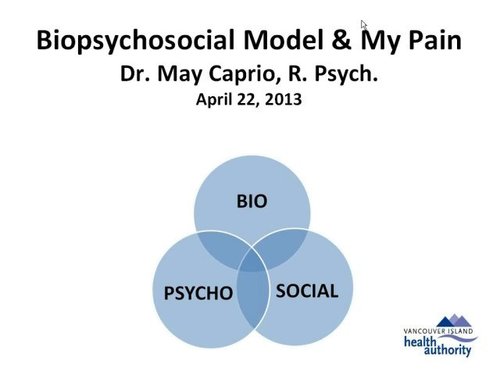Is it possible?
A fairly lengthy article, but a good one – includes a little bit of everything from history, current state and discussions of how research and treatment regarding chronic pain might proceed moving forward into the future.
Neuroscience Advances: Chronic Pain Is in the Brain
Most chronic pain conditions produce changes in the brain that contribute to what can be termed the “centralization of pain.” This implies that ongoing pain produces progressive alterations in brain connections, molecular biology, chemistry, and structure, with behavioral consequences. One brain region consistently affected in chronic pain conditions is called the dorsolateral prefrontal lobe, a region in the front of our brains thought to be involved in several higher-order functions, including cognition, motor planning, and working memory. This centralization of pain involves alterations in sensory, emotional, and modulatory circuits, which normally inhibit pain. Thus chronic pain may alter cognition and emotion, leading to increased fear, anxiety, or depression.“”
While reading it I couldn’t help but pick up on the references to cognitive and memory changes that happen. I know I have experienced changes in these areas. The comments though, are always ‘it happen’s to all of us as we get older’, or some variation on that theme.
What are your thoughts? Have you noticed those types of changes for yourself as your chronic pain has settled in?
Blessings,
Jacqui



















